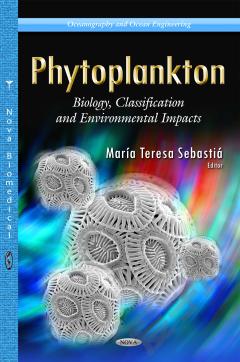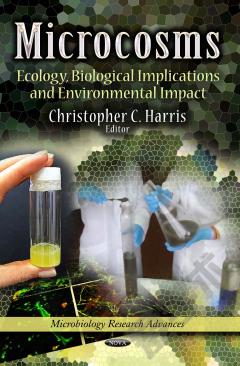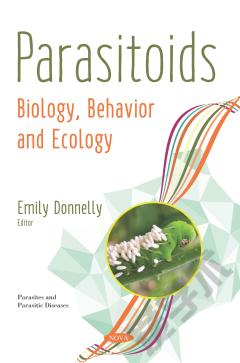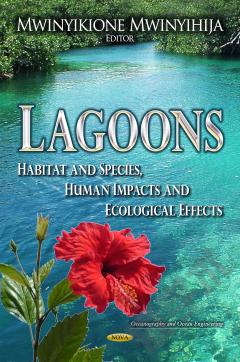Phytoplankton: Biology, Classification and Environmental Impacts
Phytoplankton plays a key role in aquatic ecosystems where it is the major biomass producer. Phytoplankton is characterized by a high time-space variability which is determined by abiotic and biotic factors. In this book, the role of abiotic factors (light, temperature, nutrients, wind, hydrodynamics, CO2 and UV radiation) and biotic factors (bacteria, zooplankton, macrophytes and fish) is discussed. Anthropogenic pressure can alter those environmental factors, causing undesired changes in the composition and biomass of phytoplankton. This book emphasizes the effects on water quality, but bottom sediment is also analyzed. The effectiveness of management measures to restore impacted ecosystems is reviewed and ecological modeling is used as a prediction tool. In this book, the authors describe case studies in different systems such as natural lakes, reservoirs, marine systems and aquatic microcosm systems, covering a wide range of geographic areas from African tropical lakes and Brazilian subtropical lakes to peri-alpine European lakes.
{{comment.content}}








 京公网安备 11010802027623号
京公网安备 11010802027623号